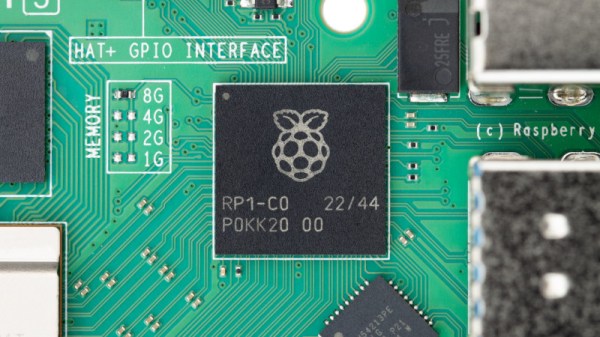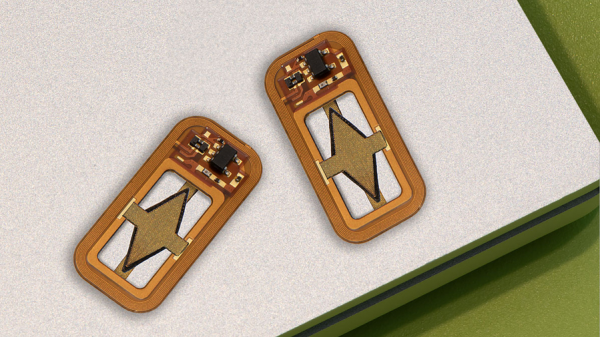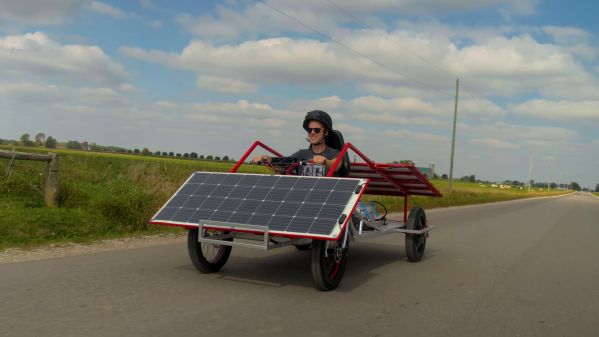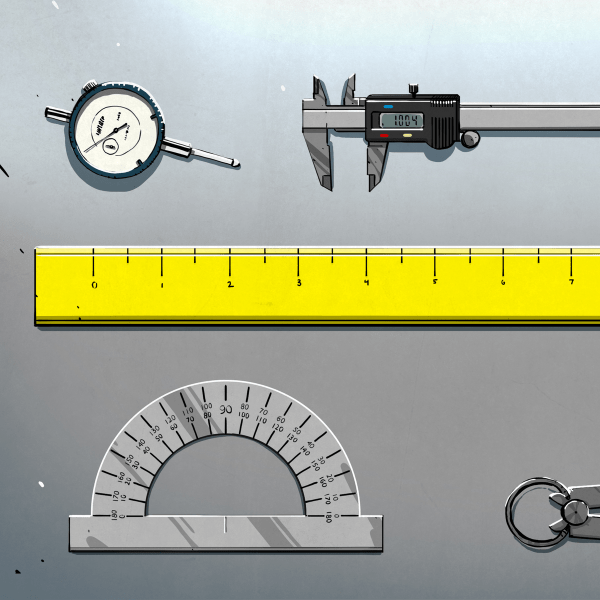We’re willing to bet most Hackaday readers have accidentally spot welded a few electrical contacts together over the years, complete with the surge of adrenaline that comes with the unexpected pops and sparks. It’s a mistake you’ll usually only make once or twice. But where most of us would look back at such mishaps as cautionary experiences, [Styropyro] sees an opportunity.
Armed with 100 car batteries wired in parallel, his recent video sees him pitting an assortment of household objects against the combined might of eighty-five thousand amps. Threaded rods, bolts, and angle iron all produce the sort of lightshow you’d expect, but [Styropyro] quickly discovered that holding larger objects down was more difficult than anticipated. It turns out that the magnetic fields being generated by the incredible amount of current rushing through the system was pulling the terminals apart and breaking the connection. After reinforcing the business end of his rig, he was able to tackle stouter objects such as crowbars and wrenches with explosive results.
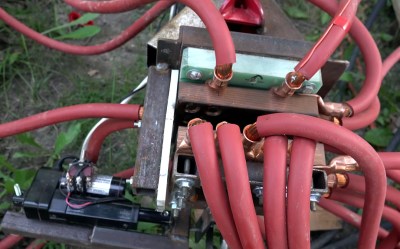
We found that his remotely operated switch, built out of a hydraulic log splitter, to be a particular highlight of the video — unfortunately he only briefly goes over its construction at the very start. His side experiment, fashioning an sort of manually-operated carbon arc lamp with a pair of thick graphite electrodes and demonstrating is luminous efficacy compared to modern LEDs was an unexpected treat. As was the off-the-shelf domestic circuit breaker that impressed [Styropyro] by refusing to yield even after repeated jolts.
While the showers of sparks and vaporized metal might trigger some sweaty palms among the audience, we’ve seen [Styropyro] handle far scarier contraptions in the past. Though he may come off as devil-may-care in his videos, we figure there’s no way he could have made it this long without blinding or maiming himself if he didn’t know what he was doing.
Continue reading “Wiring Up 100 Car Batteries So You Don’t Have To”



